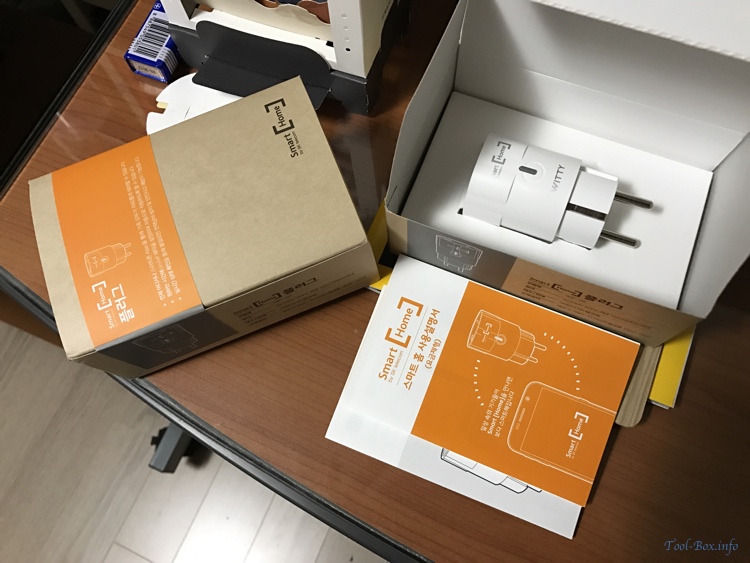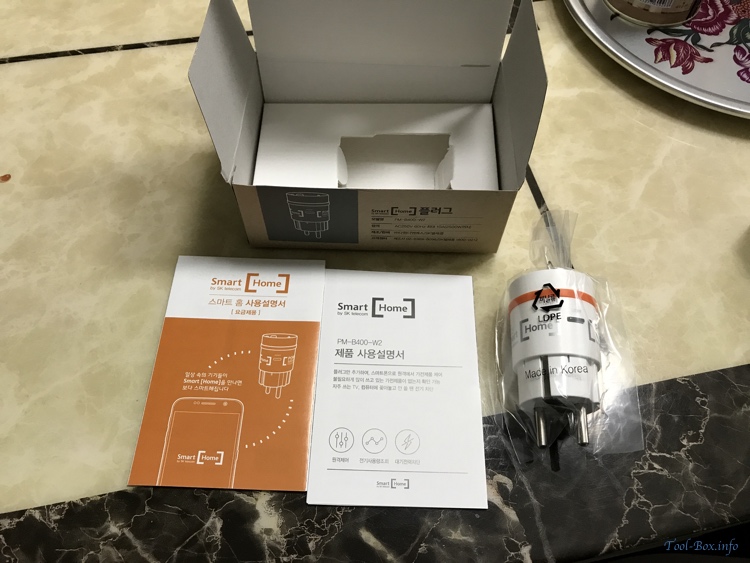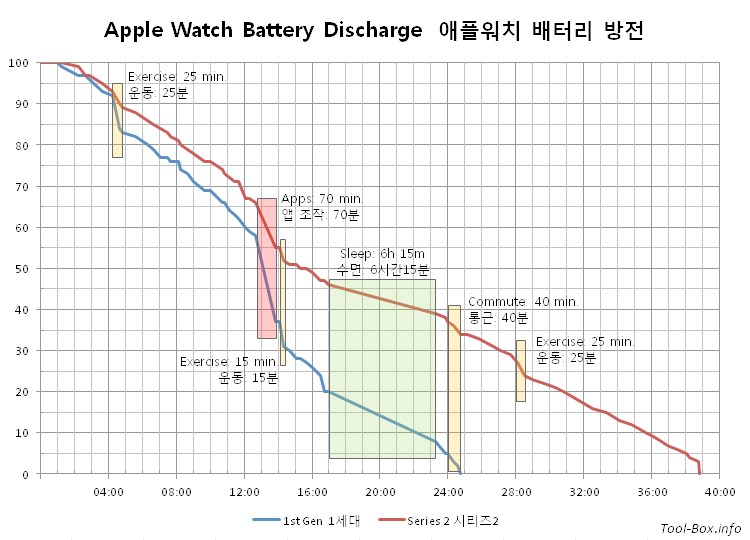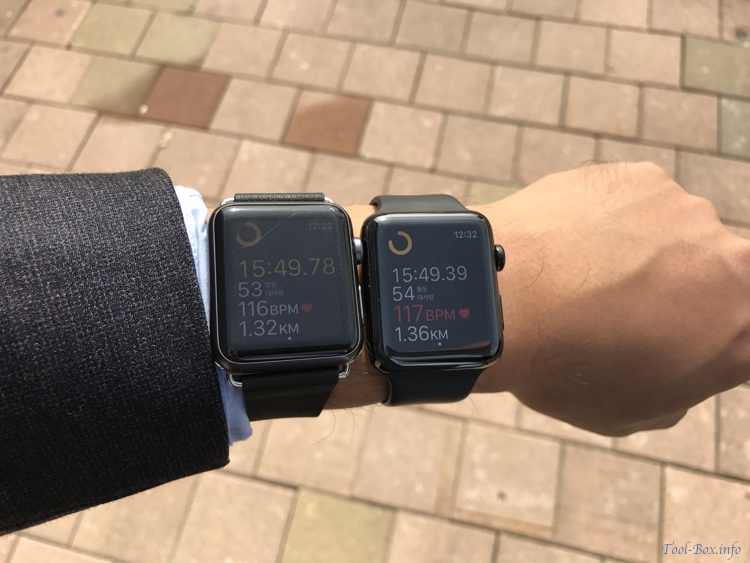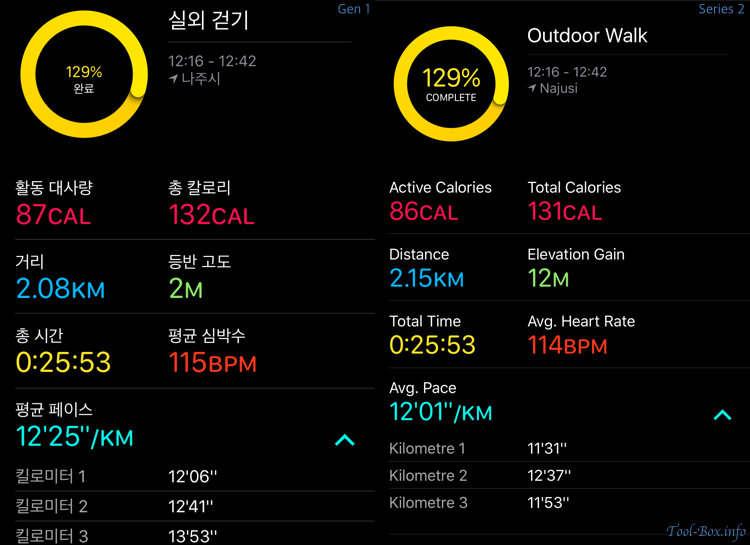SKT Smart Home: Smart Button Kkuk
Posted by Wesley on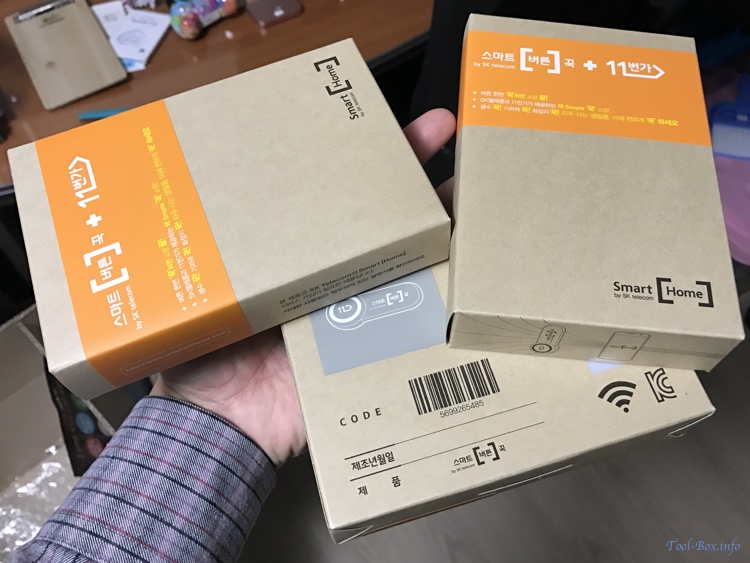
Several boxes of Smart Button Kkuk ordered online
SK Telecom, the biggest mobile carrier in Korea, is the parent company of SK Planet, which owns Korea's 2nd largest online shopping mall, 11st (11번가, 11th Street). So it was natural to see that SKT would come up with a clone of Amazon Dash, which simplifies online ordering with the push of a physical button. It's called "Smart Button Kkuk(스마트 버튼 꾹)", and became available in September 19, 2016, about 18 months after Amazon Dash's announcement.
Initially affiliated with about 60 items in 11st and given away for free with first 50,000 orders of the website's "Now Delivery(NOW배송)" service (this itself is 11st's version of "Fulfilled by Amazon"), it's now able to order from more than 140 items and shipped for KRW100 (US$0.09) when ordering certain specially marked items through Now Delivery. As of this writing, the stock of these buttons have apparently run out, but I expect it to be replenished soon.
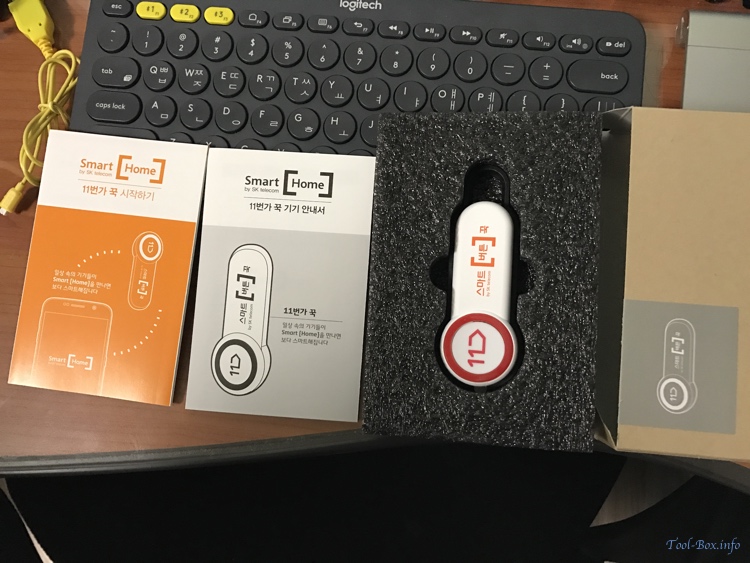
Contents of the box - instruction manuals and the button
As with other SKT Smart Home devices, the button comes in a brown box with standardized instruction manual included. Looking at the device, the red button with 11st's logo on the left side is what you use to both pair and eventually order items online. The body is elongated to the right to house the battery. Like Amazon Dash, a removable hook is provided so that it can be hung.
